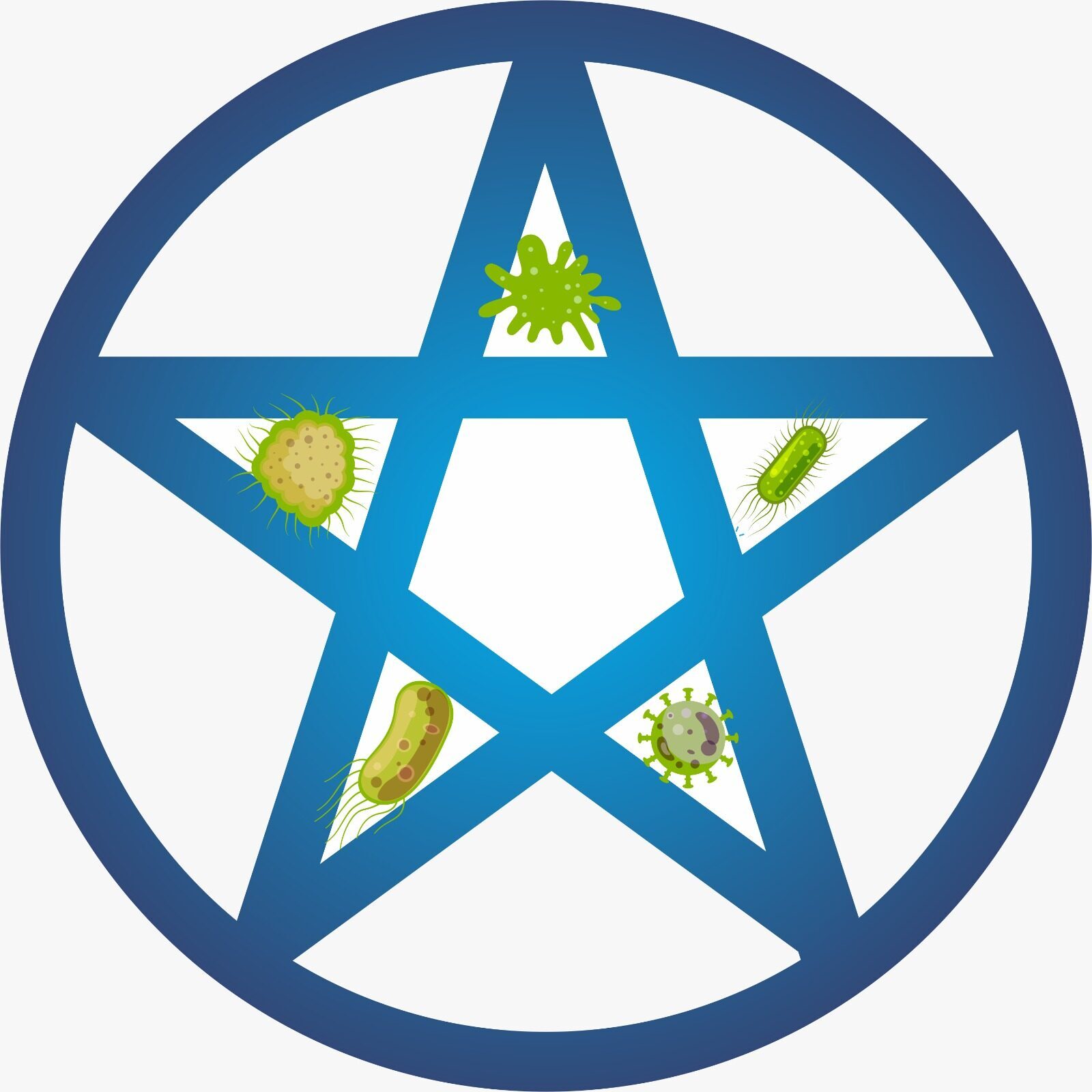Full-Text
In the globe, organophosphorous insecticides were in more demand after lowered organochlorine use that acted as insecticides during not only 1960’s but also in 1970’s.They are not as much determined in the environments when related with organochlorine insecticides and thus posses a lesser amount of long-term effect on health of aquatic entities and Homo sapiens. From the vineyard dump region, S.mizutaii was quarantined, and was found to break organophosphate insecticides in in-vitro conditions. During pre and post deterioration, efficiency was observed through the spectral analysis in UV visible spectra. Gas chromatography with Mass Spectroscopy recognized the breakdown products as amine bis 2-phosphoethyl, butyric acid 3-amino, 4-methoxy, acetamide and phosphoric acid. On the other hand, in ongoing year, many governmental agencies, comprising the USEPA require to reconsider the wide spread usage of organophosphorus insecticides due to unease about their effects on the CNS of the humans.
The fortune of organophosphorus insecticides in the aquatic environments is discussed in this assessment. The S.mizutaii has never been previously reported to be used in the bioprocessing of organophosphate
insecticides. The application of this bacterium in the agricultural division can have considerable use in a sustainable agriculture.
There are records of organophosphates in vines, raisins and grapes, as well. Organophosphates such as Quinalphos degrade comparatively faster with shared action of abiotic and biotic factors. Microorganisms break most of organophosphate insecticides as a supply of their limiting elements like phosphorus or a carbon (figure 1). Simultaneously, photo-deterioration of phosphate is also seen. When the crops are harvested, the insecticide residues are transferred from the dropped leaves into mud, which turn into nutrients for the bacteria. Harnessing the bacterial potential to degrade these insecticides can reduce the health risks, recalcitrancy and increase the sustainability of agricultural land. It is essential that the rate of conversion of pesticide into sub molecules be high to render an economic feasibility of application in agriculture.
The recognition of molecules after enzymatic deterioration can provide an idea of natural pathway in bioremediation. Quantification of such degraded molecules would help in discovering the efficacy of bacteria and can be equated with possibilities of other bacteria in records.
2.Conclusion:
Substantially reduced concentration of pure Quinalphos by Sphingobacterium was reported. The future prospects can be optimization of media for maximal Quinalphos deterioration, identifying the pathway of Quinolphos degradation and identifying genes and their expression in presence of Quinolphos as a sole energy source.
